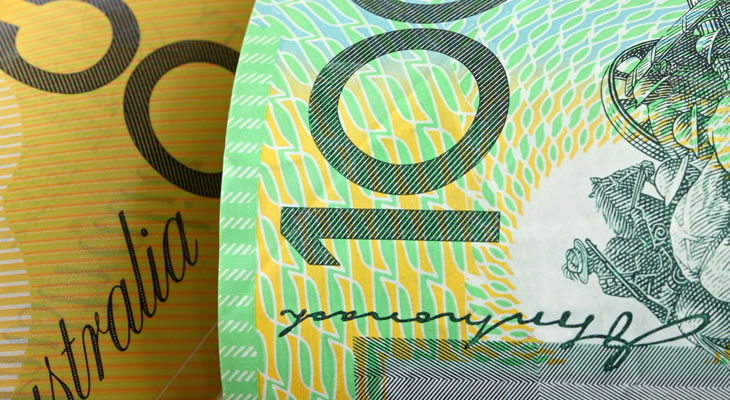Weakened Producer Prices Dented Australian Dollar (AUD) with Resurgent Inflation Worries
There was a sharp slump in demand for the Australian Dollar (AUD) on Friday morning, thanks to a disappointing dip in the third quarter Producer Price Index. On the year price growth slipped from 1.0% to 0.5%, something which does not seem to bode overly well for the inflationary outlook of the Australian economy. Any weakening in inflationary pressure is unlikely to be welcomed by the Reserve Bank of Australia (RBA), with this softer showing raising the possibility of a return to a monetary easing bias in the near future.
This allowed the Pound Australian Dollar (GBP AUD) exchange rate to trend higher ahead of the weekend, despite a fresh decline in the GfK Consumer Confidence Survey. Investors are continuing to weigh up the possibility of a hard Brexit, given the tone of rhetoric being taken by politicians on both sides of the Channel. Even so, this persistent bearish mood was not enough to prevent the GBP AUD exchange rate making some solid gains.
GBP AUD Exchange Rate Forecast: BoE Easing Worries to Maintain Downside Pressure on Sterling
Greater volatility is expected for the GBP AUD exchange rate in the coming week, with both the RBA and Bank of England (BoE) holding their latest policy meetings. While neither central bank is forecast to make any change in policy at this juncture the potential for more dovish commentary remains. Should the BoE offer further indication that it could cut interest rates before the end of the year the Pound (GBP) is expected to weaken substantially.
Even if policymakers do not opt to engage in further monetary loosening in 2016 the prospect of interest rates being cut to a fresh record low is likely to hang over the Pound for the foreseeable future. While the first post-referendum GDP figures bettered expectations markets remain wary of the possibility of a more gradual or delayed erosion of growth momentum. As analysts at Wells Fargo noted:
‘Despite robust consumer spending, which has buoyed headline growth in the aftermath of the Brexit referendum, we still expect the U.K. economy to slip into a modest recession in the coming quarters.’
Pressure is expected to mount on the Australian Dollar, however, with the appeal of the commodity-correlated currency likely to diminish in response to expectations of an imminent Federal Reserve rate hike. If the Fed does return to its monetary tightening cycle as expected the ‘Aussie’ could weaken, as a higher US Dollar (USD) would weigh heavily on the Australian economy and may prompt an RBA rate cut.
Current Interbank Exchange Rates
At the time of writing, the Pound Australian Dollar (GBP AUD) exchange rate was trending higher around 1.60, while the Australian Dollar Pound (AUD GBP) pairing was slumped at 0.62.


Comments are closed.